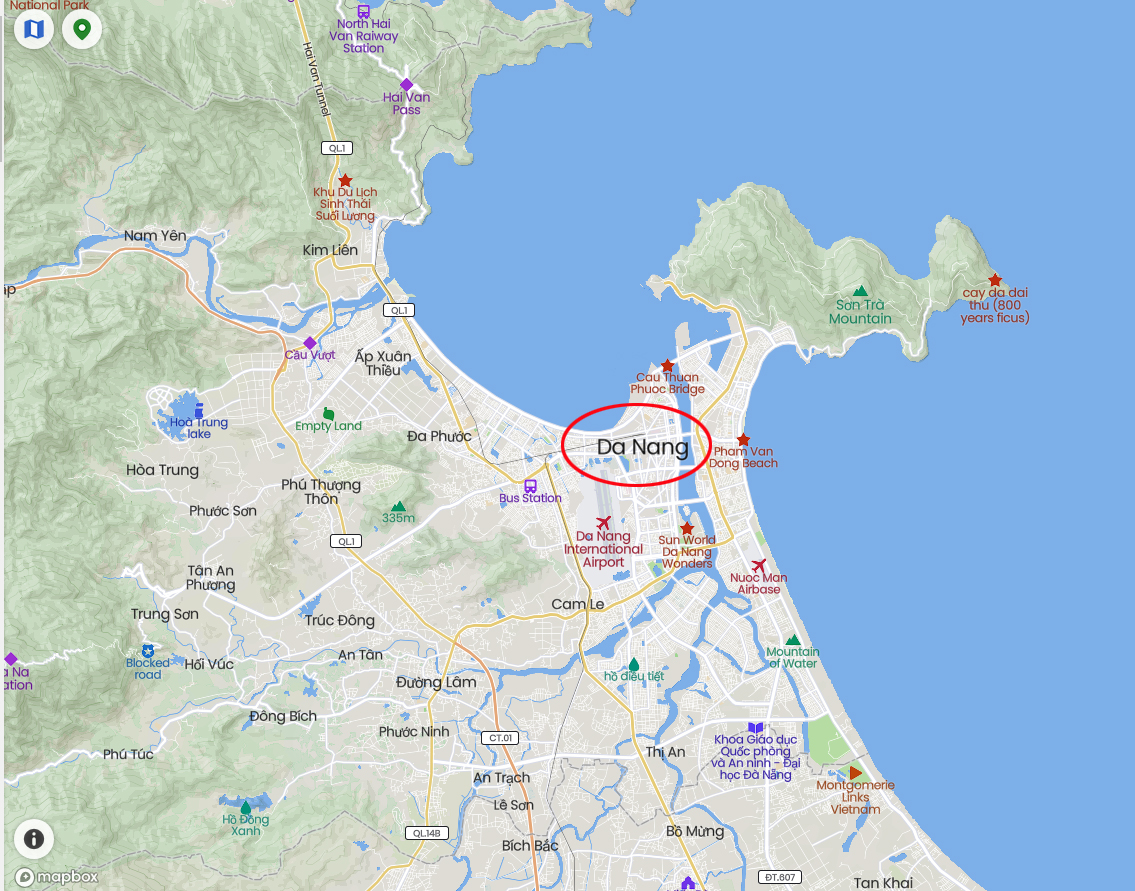Vietnam: Da Nang
Oct 14, 2022 14:51:46 #
As we drove over the Hai Van Pass, we were greeted with views of the city of Da Nang across the bay where we would spend the next three days.
Da Nang or Danang ( /(ˌ)dɑː, də ˈnæŋ, ˈnɑːŋ/ dah, də NANG, NAHNG; Vietnamese: Đà Nẵng, [ʔɗaː˨˩ naŋ˦ˀ˥] is a class-1 municipality and the fifth-largest city in Vietnam by municipal population. It lies on the coast of the East Sea of Vietnam at the mouth of the Hàn River, and is one of Vietnam's most important port cities. As one of the country's five direct-controlled municipalities, it falls under the administration of the central government.
Da Nang is the commercial and educational centre of Central Vietnam and is the largest city in the region. It has a well-sheltered, easily accessible port, and its location on National Route 1 and the North–South Railway makes it a transport hub. It is within 100 km (62 mi) of several UNESCO World Heritage Sites, including the Imperial City of Huế, the Old Town of Hội An, and the Mỹ Sơn ruins. The city was known as Cửa Hàn during early Đại Việt settlement, and as Tourane (or Turon) during French colonial rule. Before 1997, the city was part of Quang Nam - Da Nang Province.
On 1 January 1997, Da Nang was separated from Quảng Nam Province to become one of four centrally controlled municipalities in Vietnam. Da Nang is designated as a first class city, and has a higher urbanization ratio than any of Vietnam's other provinces or centrally governed cities.
Da Nang has a Human Development Index of 0.779 (high), ranking fifth among all municipalities and provinces of Vietnam.
Ancient Vietnam
Da Nang in the painting Giao Chỉ quốc mậu dịch độ hải đồ (交趾国渡航図巻) of Chaya Shinroku (茶屋新六) in the 17th century.
The city's origins date back to the ancient kingdom of Champa, established in 192 AD. At its peak, the Chams' sphere of influence stretched from Huế to Vũng Tàu. The city of Indrapura, at the site of the modern village of Dong Duong in Quảng Nam Province (about 50 km (31 mi) from Da Nang), was the capital of Champa from about 875 to about 1000 AD. Also in the region of Da Nang were the ancient Cham city of Singhapura ("City of the Lion"), the location of which has been identified with an archeological site in the modern village of Trà Kiệu, and the valley of Mỹ Sơn, where a number of ruined temples and towers can still be viewed.
In the latter half of the 10th century, the kings of Indrapura came into conflict with the Đại Việt, who were then based at Hoa Lư near modern Hanoi. Champa had been independent, it found itself in need to defend its territory to contain the threat posed by the Khmer Empire in the west, and expand its territory to the north, hoping to conquer the Vietnamese nation. There, with the Vietnamese Kingdom in turmoil following the assassination of Đinh Tiên Hoàng, Champa made an unsuccessful attempt to invade Đại Việt in 979 with support of China, but failed due to the strong defence of Vietnamese territory under the command of Lê Hoàn. In 982, three ambassadors sent to Champa by Emperor Lê Hoàn of the Đại Việt (founder of the Early Lê Dynasty) were detained in Indrapura. Lê Hoàn decided to go on the offensive, sacking Indrapura and killing the Cham King Parameshvaravarman I. As a result of these setbacks, the Cham eventually abandoned Indrapura around 1000 AD.
The Đại Việt campaign against Champa continued into the late 11th century, when the Cham were forced to cede their three northern provinces to the rulers of the Lý Dynasty. Soon afterward, Vietnamese farmers began moving into the untilled former Cham lands, turning them into rice fields and moving relentlessly southward, delta by delta, along the narrow coastal plain. The southward expansion of Đại Việt (known as Nam Tiến) continued for several centuries, culminating in the annexation of most of the Cham territories by the end of the 15th century.
One of the first Europeans to visit Da Nang was Portuguese explorer António de Faria, who anchored in Da Nang in 1535. Faria was one of the first Westerners to write about the area and, through his influence, Portuguese ships began to call regularly at Hội An, which was then a much more important port than Da Nang. Throughout the 17th and 18th centuries, French and Spanish traders and missionaries regularly made landfall at Hội An, just south of Đà Nẵng. An American, John White, arrived at Da Nang (then called Turon) on 18 June 1819 in the brig Franklin of Salem, Massachusetts, and was advised that the country was recovering from devastating wars, and that what little goods had been produced in the area was already allocated. Other American ships arriving shortly after were the Marmion of Boston, and the Aurora and Beverly of Salem.
Conditions were such due to the wars that they were unable to conduct trade, and the subsequent missions of East India Company agent John Crawfurd in 1823 and the two missions of Andrew Jackson's agent, American diplomat Edmund Roberts, in 1833 and 1836 were unable to secure trade agreements due to the exceptionally poor quality of the port. Following the edict of Emperor Minh Mạng in 1835, prohibiting European vessels from making landfall or pursuing trade except at Đà Nẵng, its port quickly superseded Hội An as the largest commercial port in the central region.
In 1847, French vessels dispatched by Admiral Cécille bombarded Đà Nẵng, ostensibly on the grounds of alleged persecution of Roman Catholic missionaries. In August 1858, once again ostensibly on the grounds of religious persecution, French troops, led by Admiral Charles Rigault de Genouilly, and under the orders of Napoleon III, landed in Đà Nẵng as part of the punitive Cochinchina Campaign.
The French overpowered the Vietnamese stationed in Da Nang, swiftly occupying the city and Tiên Sa peninsula (present-day Sơn Trà peninsula). The occupying forces were quickly placed under siege by the Vietnamese army under the command of Nguyễn Tri Phương, and were eventually forced to retreat in March 1860. The French were able to invade the southern stronghold of Saigon and, in June 1862, several provinces of southern Vietnam were ceded to the French as Cochinchina with the signing of the Treaty of Saigon.
Through two more decades of conflict, the French gradually strengthened their hold on Vietnam, culminating in the establishment of French Indochina (French: Union de l'Indochine Française) in October 1887. Two years later, in 1889, the French colonists renamed the city Tourane, placing it under the control of the Governor General of French Indochina. It came to be considered one of Indochina's five major cities, among Hanoi, Saigon–Cholon, Haiphong, and Huế.
During the Vietnam War, what is now the Da Nang International Airport was a major air base used by the South Vietnamese and United States Air Forces.
The base became one of the world's busiest aircraft hubs during the war, reaching an average of 2,595 aircraft traffic operations daily, more than any other airport and airbase in the world at that time. The final U.S. ground combat operations in Vietnam ceased on 13 August 1972, when a residual force of the 196th Light Infantry Brigade stood down in Đà Nẵng. B Battery 3rd Battalion, 82nd Field Artillery Regiment fired the final U.S. artillery round and the 3rd Battalion, 21st Infantry Regiment finished their final patrols. This residual force was known as "Operation Gimlet". After the US withdrawal from the conflict, in the final stage of the conquest of South Vietnam by North Vietnam, Da Nang fell to the communist forces March 29–30, 1975. Vietnam issued two special postage stamps to commemorate this event, within its "total liberation" stamp set issued 14 December 1976.
The tourism sector is a vital component of Da Nang's economy. Its status as a transportation hub for central Vietnam and its proximity to several UNESCO World Heritage Sites, including the Imperial City of Hue, the Old Town of Hoi An, and the My Son ruins fuels much of its tourist activity.
Mỹ Sơn is an archaeological site dating back more than a thousand years, in Quang Nam. Located in a remote forested valley some 70 km west of Da Nang, this former capital and religious center of the Champa kingdom once contained in excess of 70 style temples and stupas. Although badly damaged by bombing raids in the 1960s, the site still has more than 20 structures and was declared a UNESCO World Heritage Site in 1999. Many statues, sculptures and reliefs recovered from Mỹ Sơn are kept in the Museum of Cham Sculpture, near the Hàn River in the heart of Da Nang. Dating from the fourth to the 14th centuries, the sensual artwork on these works depicts daily activities as well as Hindu and Buddhist religious themes.
The Marble Mountains are rocky limestone outcrops jutting out of the beach just south of Da Nang. Paths lead to the top of the forested cliffs, providing views of Non Nuoc Beach and the South China Sea. The caves in the cliffs were originally inhabited by the Cham people. Later, the Nguyen Dynasty built numerous pagodas among the caves. The Marble Mountains are home to various artisans producing sculpture and artwork at its base at Non Nuoc Village.
Non Nuoc Beach is a white sandy beach on the outskirts of Đà Nẵng that is renowned for its history as an R&R destination for American troops during the Vietnam War. Today, the beach, along with Mỹ Khê beach to the north, are home to expensive resorts, surfing, and entertainment facilities. Ba Na Hills is a mountain resort with a 5 km-long cable car system which carries guests up to Ba Na's peak at 1487m above sea level. Son Tra Mountain, just some miles away from the city centre with some wild streams and resorts along the seaside.[citation needed]
The central coastal city of Da Nang saw a significant growth in international tourist arrivals in 2017, according to the city's Department of Tourism. In 2017, about 6.6 million visitors came to Da Nang, up 19% over the previous year and 4.8% higher than its yearly target. The figure included 4.3 million domestic tourists, up 11.3% year-on-year.
The central city earned over VND19.4 trillion (US$853.96 million) in revenue, an increase of 20.6% from 2016. Statistics also show that the city witnessed an impressive increase in the number of visitors by air which stood at over 1.58 million, up 74.4% while by-car visitors via Thailand and Laos was estimated at 14,120.
https://en.wikipedia.org/wiki/Da_Nang
For more images of this beautiful area of Central Vietnam, please see my previous posts:
https://www.uglyhedgehog.com/t-754087-1.html
https://www.uglyhedgehog.com/t-754579-1.html
Da Nang or Danang ( /(ˌ)dɑː, də ˈnæŋ, ˈnɑːŋ/ dah, də NANG, NAHNG; Vietnamese: Đà Nẵng, [ʔɗaː˨˩ naŋ˦ˀ˥] is a class-1 municipality and the fifth-largest city in Vietnam by municipal population. It lies on the coast of the East Sea of Vietnam at the mouth of the Hàn River, and is one of Vietnam's most important port cities. As one of the country's five direct-controlled municipalities, it falls under the administration of the central government.
Da Nang is the commercial and educational centre of Central Vietnam and is the largest city in the region. It has a well-sheltered, easily accessible port, and its location on National Route 1 and the North–South Railway makes it a transport hub. It is within 100 km (62 mi) of several UNESCO World Heritage Sites, including the Imperial City of Huế, the Old Town of Hội An, and the Mỹ Sơn ruins. The city was known as Cửa Hàn during early Đại Việt settlement, and as Tourane (or Turon) during French colonial rule. Before 1997, the city was part of Quang Nam - Da Nang Province.
On 1 January 1997, Da Nang was separated from Quảng Nam Province to become one of four centrally controlled municipalities in Vietnam. Da Nang is designated as a first class city, and has a higher urbanization ratio than any of Vietnam's other provinces or centrally governed cities.
Da Nang has a Human Development Index of 0.779 (high), ranking fifth among all municipalities and provinces of Vietnam.
Ancient Vietnam
Da Nang in the painting Giao Chỉ quốc mậu dịch độ hải đồ (交趾国渡航図巻) of Chaya Shinroku (茶屋新六) in the 17th century.
The city's origins date back to the ancient kingdom of Champa, established in 192 AD. At its peak, the Chams' sphere of influence stretched from Huế to Vũng Tàu. The city of Indrapura, at the site of the modern village of Dong Duong in Quảng Nam Province (about 50 km (31 mi) from Da Nang), was the capital of Champa from about 875 to about 1000 AD. Also in the region of Da Nang were the ancient Cham city of Singhapura ("City of the Lion"), the location of which has been identified with an archeological site in the modern village of Trà Kiệu, and the valley of Mỹ Sơn, where a number of ruined temples and towers can still be viewed.
In the latter half of the 10th century, the kings of Indrapura came into conflict with the Đại Việt, who were then based at Hoa Lư near modern Hanoi. Champa had been independent, it found itself in need to defend its territory to contain the threat posed by the Khmer Empire in the west, and expand its territory to the north, hoping to conquer the Vietnamese nation. There, with the Vietnamese Kingdom in turmoil following the assassination of Đinh Tiên Hoàng, Champa made an unsuccessful attempt to invade Đại Việt in 979 with support of China, but failed due to the strong defence of Vietnamese territory under the command of Lê Hoàn. In 982, three ambassadors sent to Champa by Emperor Lê Hoàn of the Đại Việt (founder of the Early Lê Dynasty) were detained in Indrapura. Lê Hoàn decided to go on the offensive, sacking Indrapura and killing the Cham King Parameshvaravarman I. As a result of these setbacks, the Cham eventually abandoned Indrapura around 1000 AD.
The Đại Việt campaign against Champa continued into the late 11th century, when the Cham were forced to cede their three northern provinces to the rulers of the Lý Dynasty. Soon afterward, Vietnamese farmers began moving into the untilled former Cham lands, turning them into rice fields and moving relentlessly southward, delta by delta, along the narrow coastal plain. The southward expansion of Đại Việt (known as Nam Tiến) continued for several centuries, culminating in the annexation of most of the Cham territories by the end of the 15th century.
One of the first Europeans to visit Da Nang was Portuguese explorer António de Faria, who anchored in Da Nang in 1535. Faria was one of the first Westerners to write about the area and, through his influence, Portuguese ships began to call regularly at Hội An, which was then a much more important port than Da Nang. Throughout the 17th and 18th centuries, French and Spanish traders and missionaries regularly made landfall at Hội An, just south of Đà Nẵng. An American, John White, arrived at Da Nang (then called Turon) on 18 June 1819 in the brig Franklin of Salem, Massachusetts, and was advised that the country was recovering from devastating wars, and that what little goods had been produced in the area was already allocated. Other American ships arriving shortly after were the Marmion of Boston, and the Aurora and Beverly of Salem.
Conditions were such due to the wars that they were unable to conduct trade, and the subsequent missions of East India Company agent John Crawfurd in 1823 and the two missions of Andrew Jackson's agent, American diplomat Edmund Roberts, in 1833 and 1836 were unable to secure trade agreements due to the exceptionally poor quality of the port. Following the edict of Emperor Minh Mạng in 1835, prohibiting European vessels from making landfall or pursuing trade except at Đà Nẵng, its port quickly superseded Hội An as the largest commercial port in the central region.
In 1847, French vessels dispatched by Admiral Cécille bombarded Đà Nẵng, ostensibly on the grounds of alleged persecution of Roman Catholic missionaries. In August 1858, once again ostensibly on the grounds of religious persecution, French troops, led by Admiral Charles Rigault de Genouilly, and under the orders of Napoleon III, landed in Đà Nẵng as part of the punitive Cochinchina Campaign.
The French overpowered the Vietnamese stationed in Da Nang, swiftly occupying the city and Tiên Sa peninsula (present-day Sơn Trà peninsula). The occupying forces were quickly placed under siege by the Vietnamese army under the command of Nguyễn Tri Phương, and were eventually forced to retreat in March 1860. The French were able to invade the southern stronghold of Saigon and, in June 1862, several provinces of southern Vietnam were ceded to the French as Cochinchina with the signing of the Treaty of Saigon.
Through two more decades of conflict, the French gradually strengthened their hold on Vietnam, culminating in the establishment of French Indochina (French: Union de l'Indochine Française) in October 1887. Two years later, in 1889, the French colonists renamed the city Tourane, placing it under the control of the Governor General of French Indochina. It came to be considered one of Indochina's five major cities, among Hanoi, Saigon–Cholon, Haiphong, and Huế.
During the Vietnam War, what is now the Da Nang International Airport was a major air base used by the South Vietnamese and United States Air Forces.
The base became one of the world's busiest aircraft hubs during the war, reaching an average of 2,595 aircraft traffic operations daily, more than any other airport and airbase in the world at that time. The final U.S. ground combat operations in Vietnam ceased on 13 August 1972, when a residual force of the 196th Light Infantry Brigade stood down in Đà Nẵng. B Battery 3rd Battalion, 82nd Field Artillery Regiment fired the final U.S. artillery round and the 3rd Battalion, 21st Infantry Regiment finished their final patrols. This residual force was known as "Operation Gimlet". After the US withdrawal from the conflict, in the final stage of the conquest of South Vietnam by North Vietnam, Da Nang fell to the communist forces March 29–30, 1975. Vietnam issued two special postage stamps to commemorate this event, within its "total liberation" stamp set issued 14 December 1976.
The tourism sector is a vital component of Da Nang's economy. Its status as a transportation hub for central Vietnam and its proximity to several UNESCO World Heritage Sites, including the Imperial City of Hue, the Old Town of Hoi An, and the My Son ruins fuels much of its tourist activity.
Mỹ Sơn is an archaeological site dating back more than a thousand years, in Quang Nam. Located in a remote forested valley some 70 km west of Da Nang, this former capital and religious center of the Champa kingdom once contained in excess of 70 style temples and stupas. Although badly damaged by bombing raids in the 1960s, the site still has more than 20 structures and was declared a UNESCO World Heritage Site in 1999. Many statues, sculptures and reliefs recovered from Mỹ Sơn are kept in the Museum of Cham Sculpture, near the Hàn River in the heart of Da Nang. Dating from the fourth to the 14th centuries, the sensual artwork on these works depicts daily activities as well as Hindu and Buddhist religious themes.
The Marble Mountains are rocky limestone outcrops jutting out of the beach just south of Da Nang. Paths lead to the top of the forested cliffs, providing views of Non Nuoc Beach and the South China Sea. The caves in the cliffs were originally inhabited by the Cham people. Later, the Nguyen Dynasty built numerous pagodas among the caves. The Marble Mountains are home to various artisans producing sculpture and artwork at its base at Non Nuoc Village.
Non Nuoc Beach is a white sandy beach on the outskirts of Đà Nẵng that is renowned for its history as an R&R destination for American troops during the Vietnam War. Today, the beach, along with Mỹ Khê beach to the north, are home to expensive resorts, surfing, and entertainment facilities. Ba Na Hills is a mountain resort with a 5 km-long cable car system which carries guests up to Ba Na's peak at 1487m above sea level. Son Tra Mountain, just some miles away from the city centre with some wild streams and resorts along the seaside.[citation needed]
The central coastal city of Da Nang saw a significant growth in international tourist arrivals in 2017, according to the city's Department of Tourism. In 2017, about 6.6 million visitors came to Da Nang, up 19% over the previous year and 4.8% higher than its yearly target. The figure included 4.3 million domestic tourists, up 11.3% year-on-year.
The central city earned over VND19.4 trillion (US$853.96 million) in revenue, an increase of 20.6% from 2016. Statistics also show that the city witnessed an impressive increase in the number of visitors by air which stood at over 1.58 million, up 74.4% while by-car visitors via Thailand and Laos was estimated at 14,120.
https://en.wikipedia.org/wiki/Da_Nang
For more images of this beautiful area of Central Vietnam, please see my previous posts:
https://www.uglyhedgehog.com/t-754087-1.html
https://www.uglyhedgehog.com/t-754579-1.html
Slightly out of order but she provides a strong start!
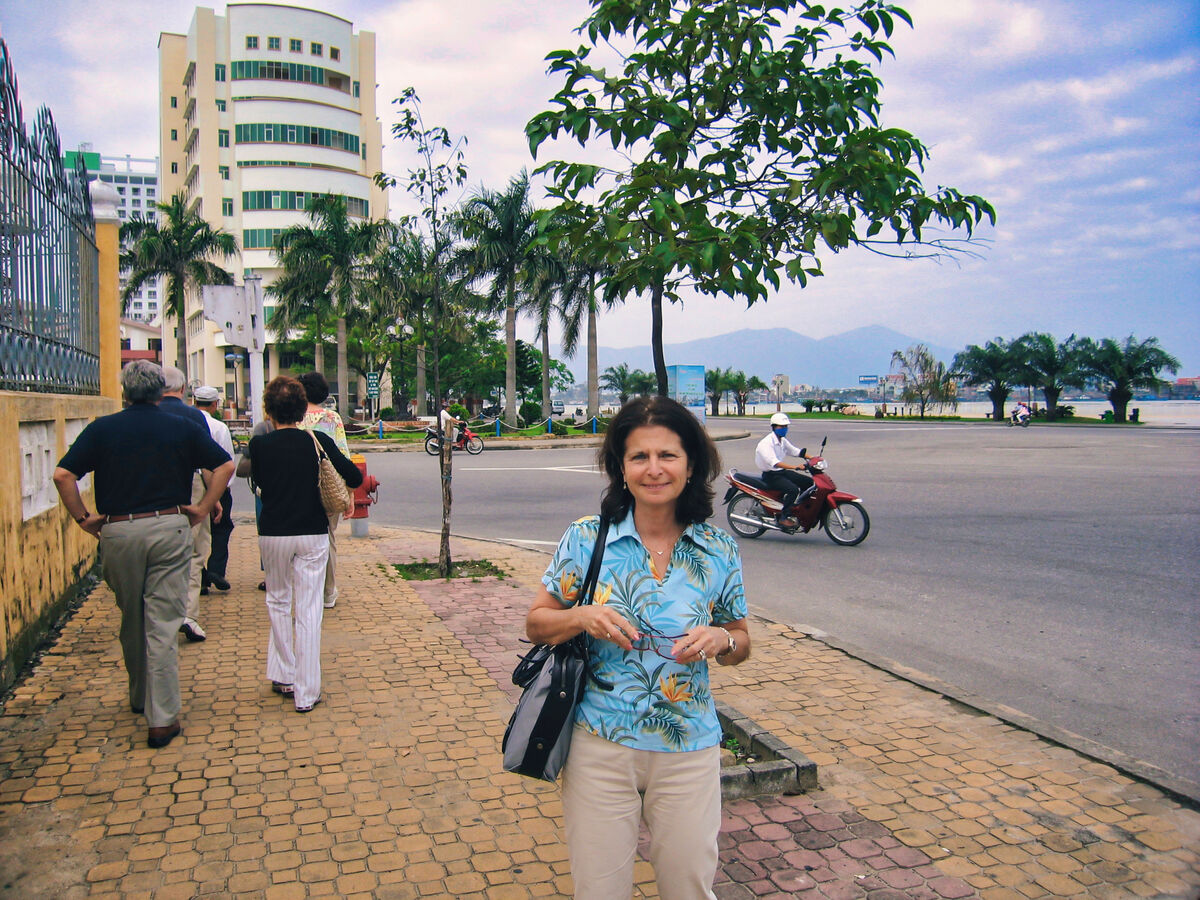
(Download)
Looking north from the Hai Van Pass toward Lang Co Beach
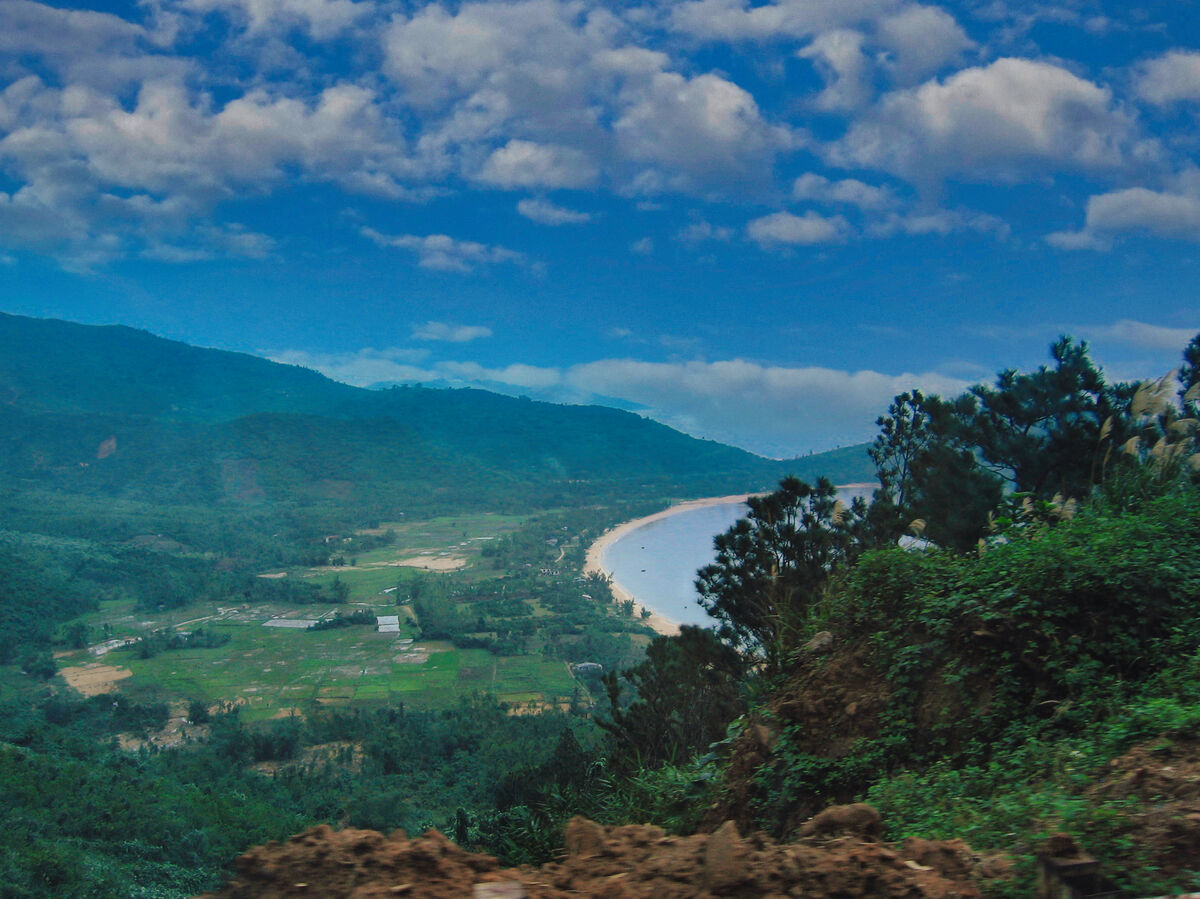
(Download)
Da Nang in the distance
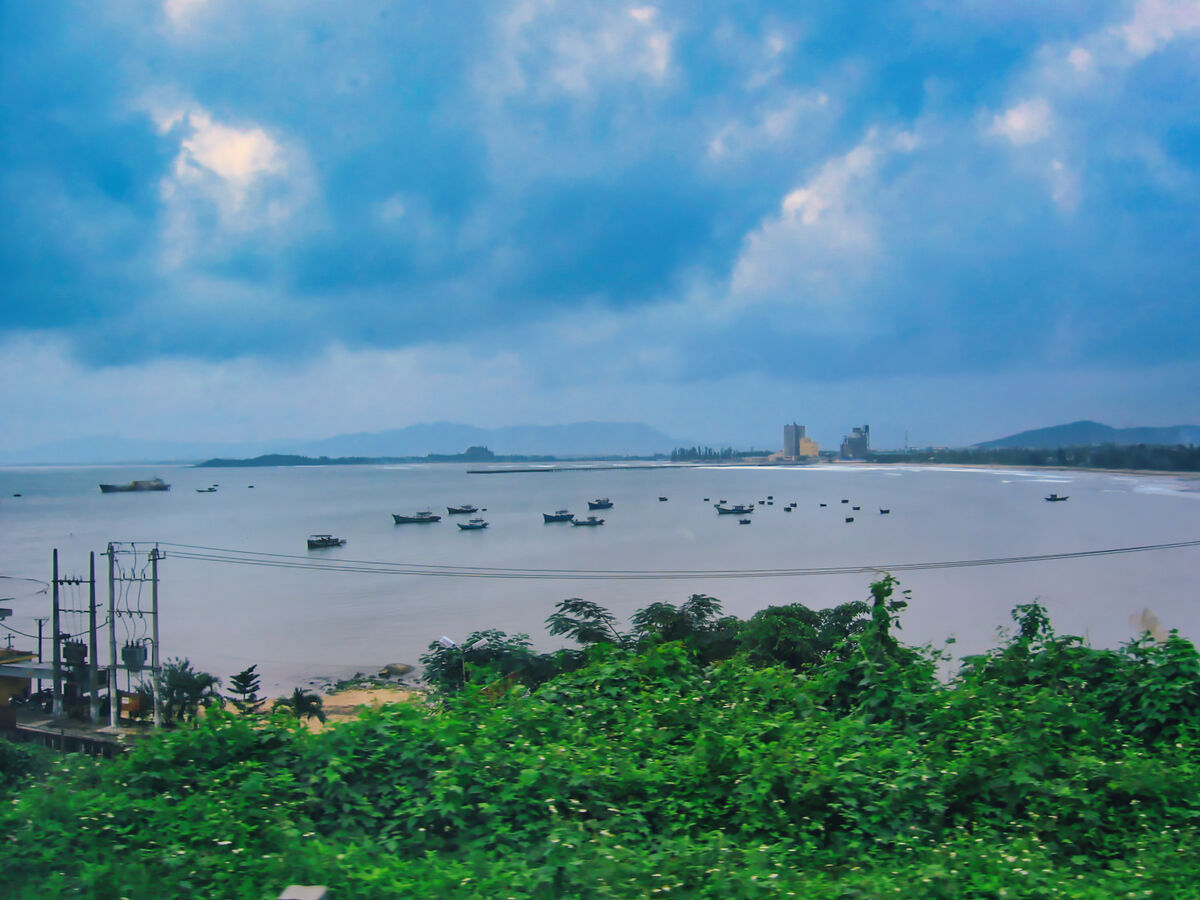
(Download)
TRAN THI LY BRIDGE - This concrete cable-stayed bridge is a significant landmark of Danang.
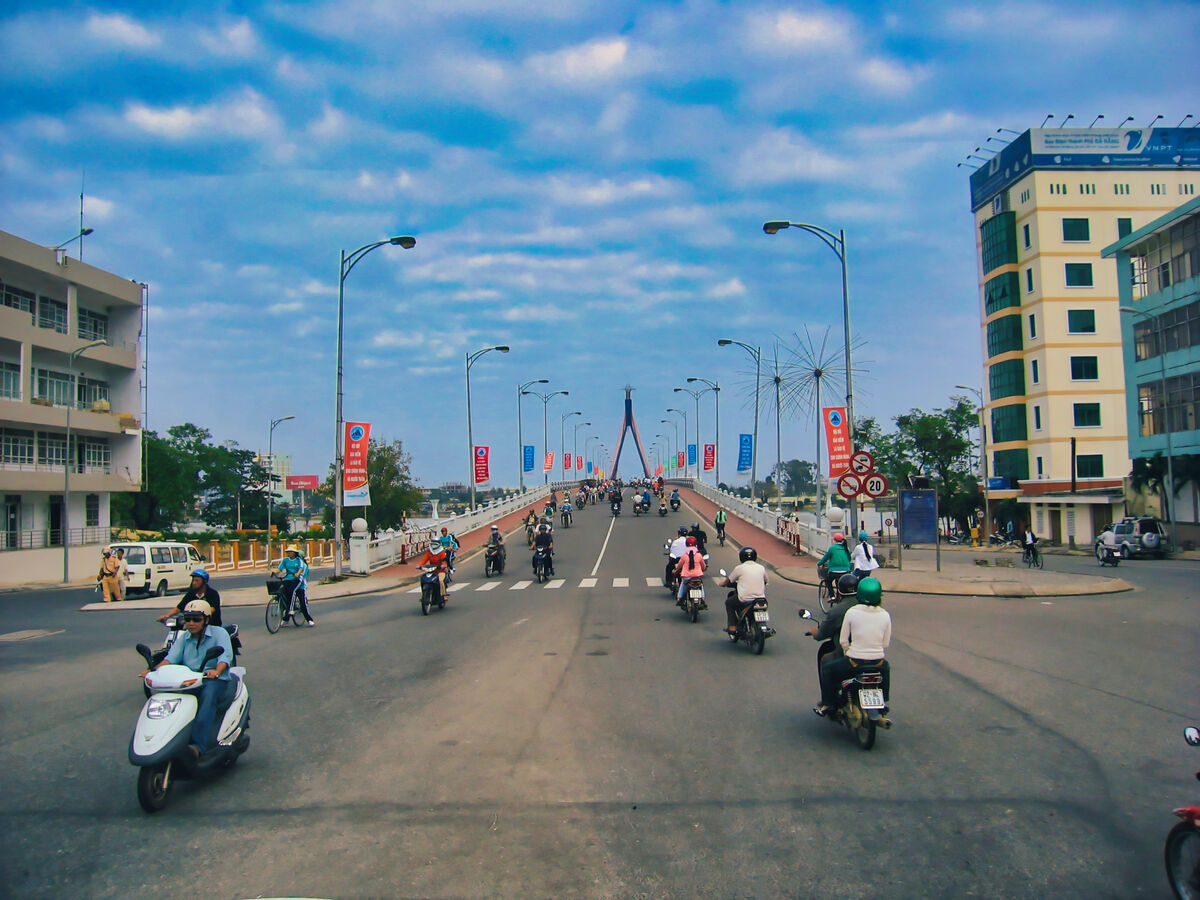
(Download)
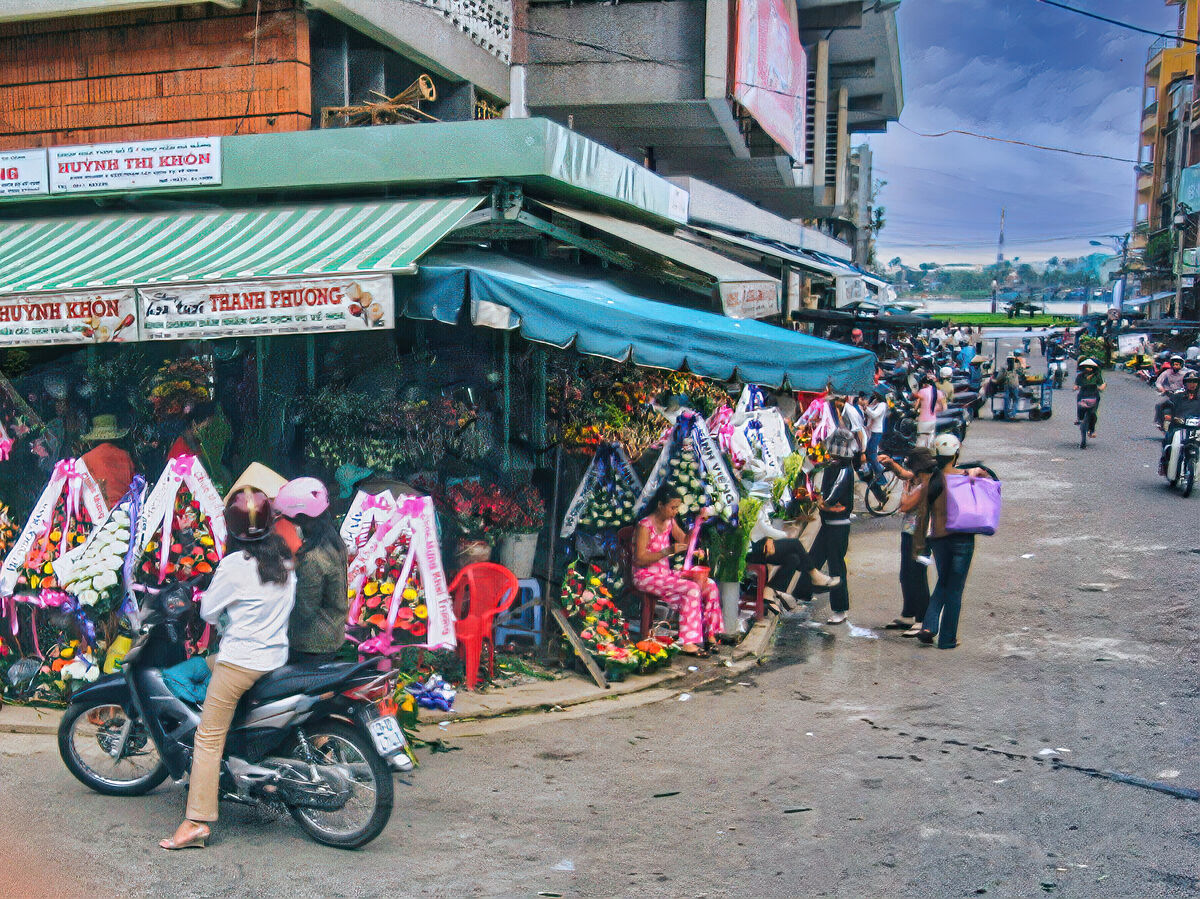
(Download)
Modern building, ancient infrastructure.
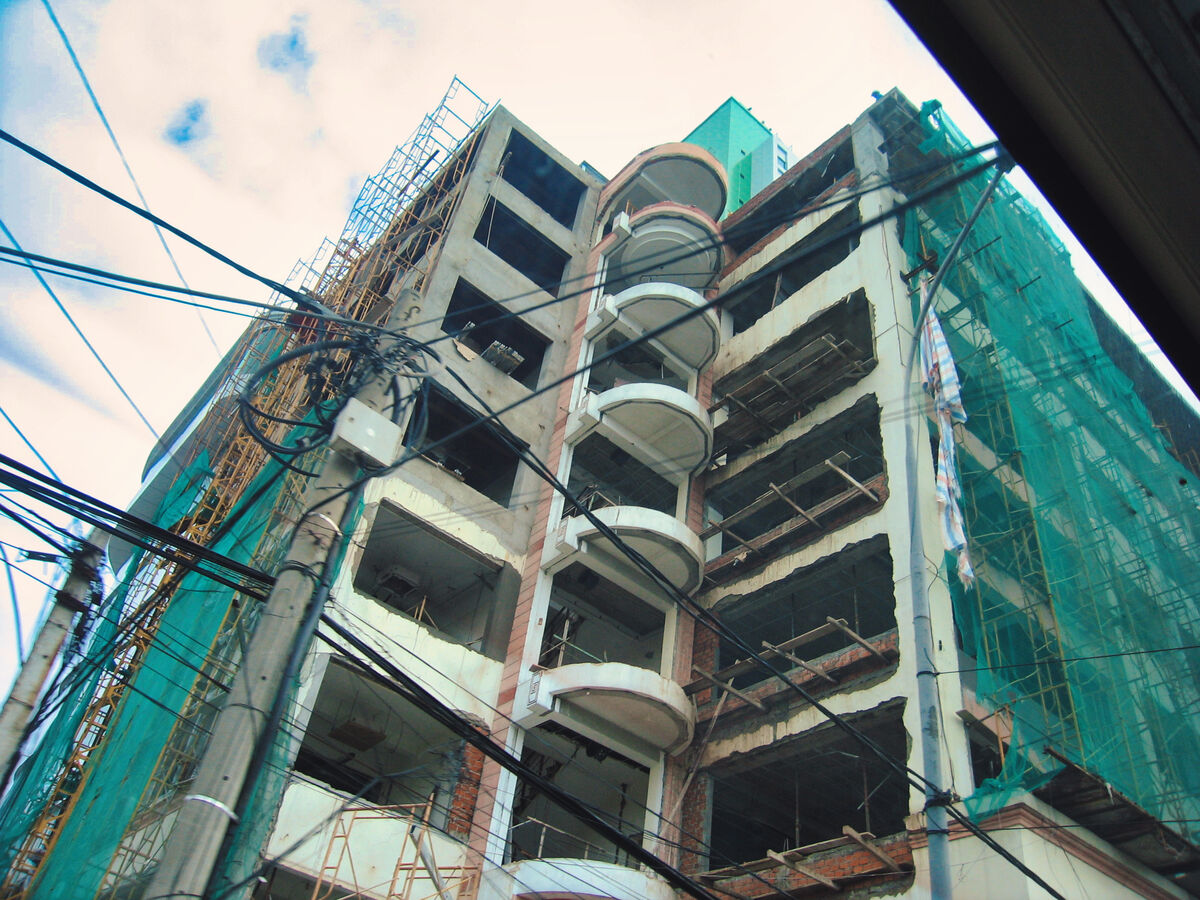
(Download)
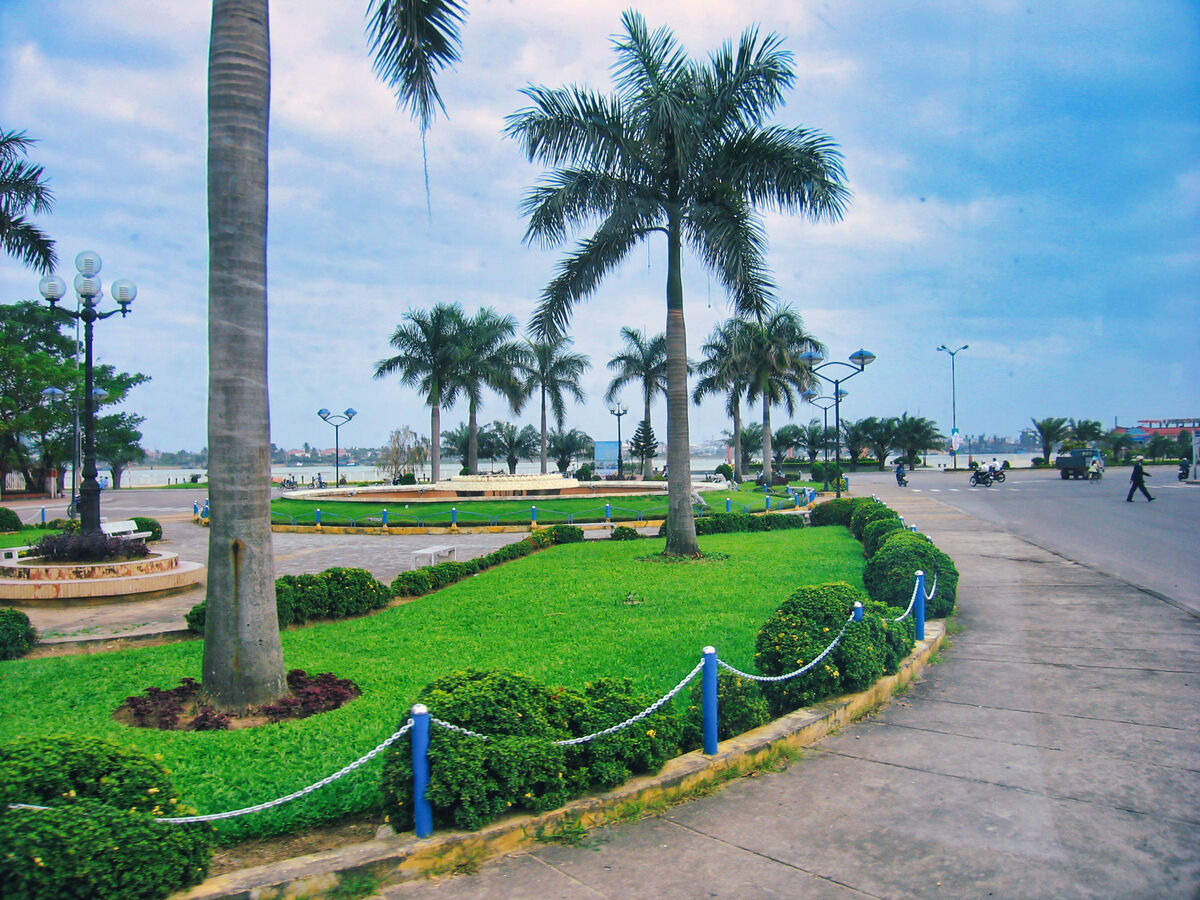
(Download)
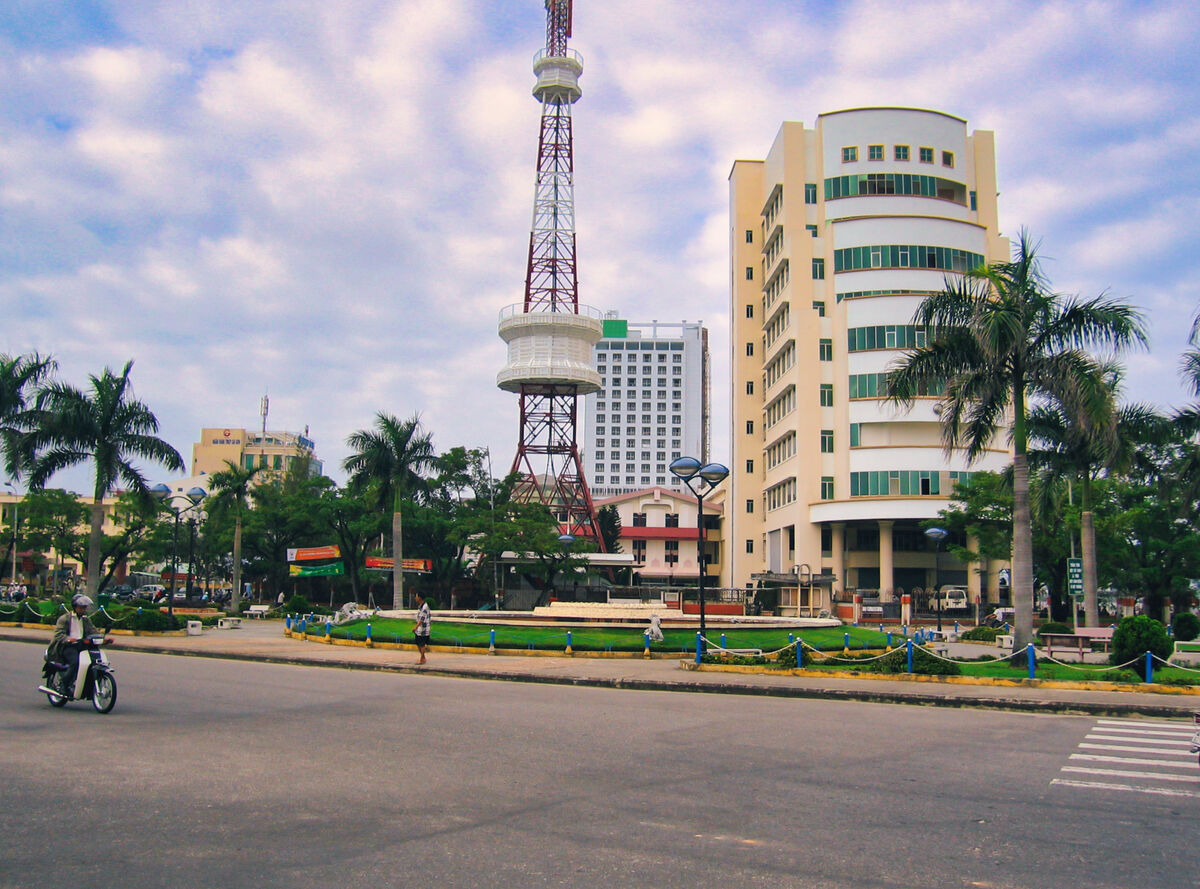
(Download)
The Goddess of Light in the Champa Art Museum
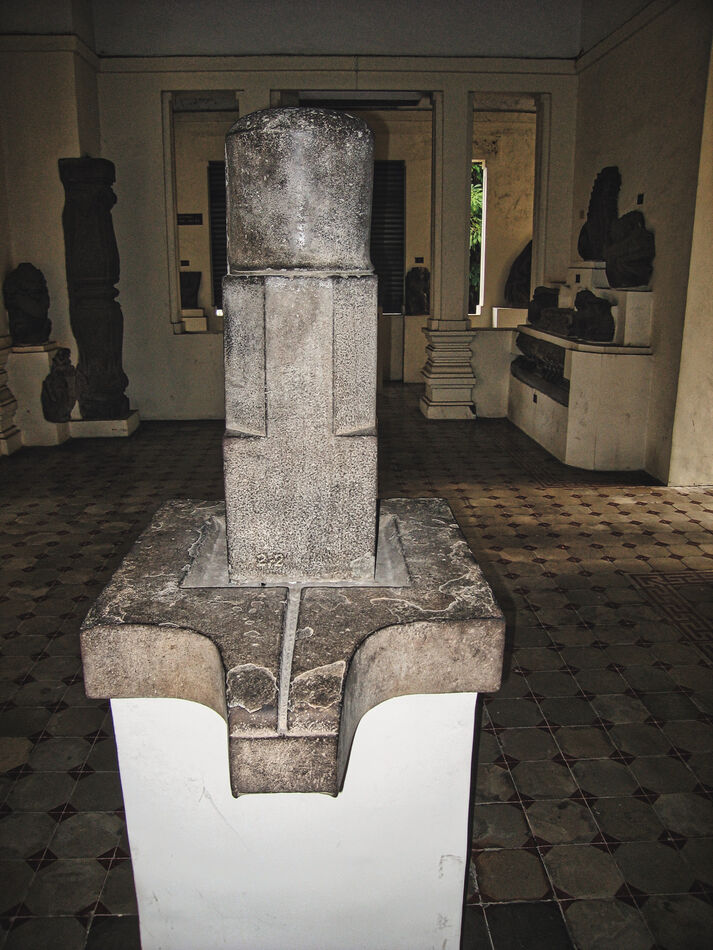
(Download)
Finally settled in our hotel
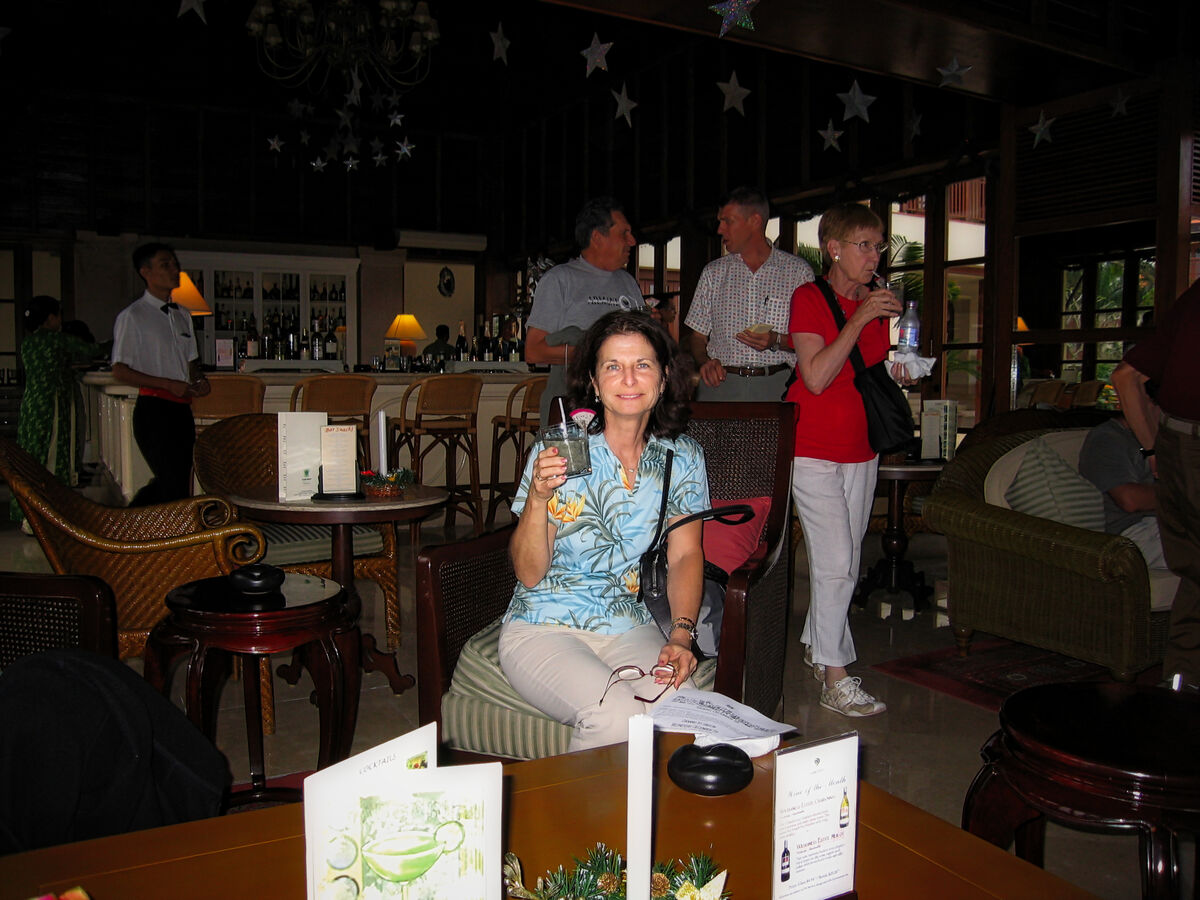
(Download)
Oct 14, 2022 14:52:44 #
Oct 14, 2022 15:09:59 #
Oct 14, 2022 15:12:57 #
Oct 14, 2022 15:25:38 #
Oct 14, 2022 15:30:48 #
Oct 14, 2022 15:31:23 #
angler wrote:
Excellent set as always Mark.
Thanks so much Jim. I appreciate!
Oct 14, 2022 15:31:49 #
kpmac wrote:
Another in a long line of great sets, Mark.
Thanks very much Ken. I appreciate!
Oct 14, 2022 15:46:04 #
srfmhg wrote:
As we drove over the Hai Van Pass, we were greeted... (show quote)
Magnificent, stellar shots - as always 🥩🥩🥩🥩🥩
Oct 14, 2022 16:04:15 #
Oct 14, 2022 19:44:16 #
joecichjr wrote:
Magnificent, stellar shots - as always 🥩🥩🥩🥩🥩
Thanks so much Joe.
Oct 14, 2022 19:44:36 #
Oct 14, 2022 20:17:53 #
Oct 14, 2022 20:32:00 #
srfmhg wrote:
As we drove over the Hai Van Pass, we were greeted... (show quote)
Another excellent set Mark. The beach in number 2 looks beautiful. Great contrast in number 5 and I assume your drink is just out of the frame in the last photo? From Gail’s expression in the last photo, it looks like (a) happy hour.
Oct 14, 2022 20:47:35 #
DJphoto wrote:
Another excellent set Mark. The beach in number 2 looks beautiful. Great contrast in number 5 and I assume your drink is just out of the frame in the last photo? From Gail’s expression in the last photo, it looks like (a) happy hour.
Thanks very much Dennis. It was the greeting drink at the hotel when we checked in. Much needed!
If you want to reply, then register here. Registration is free and your account is created instantly, so you can post right away.

